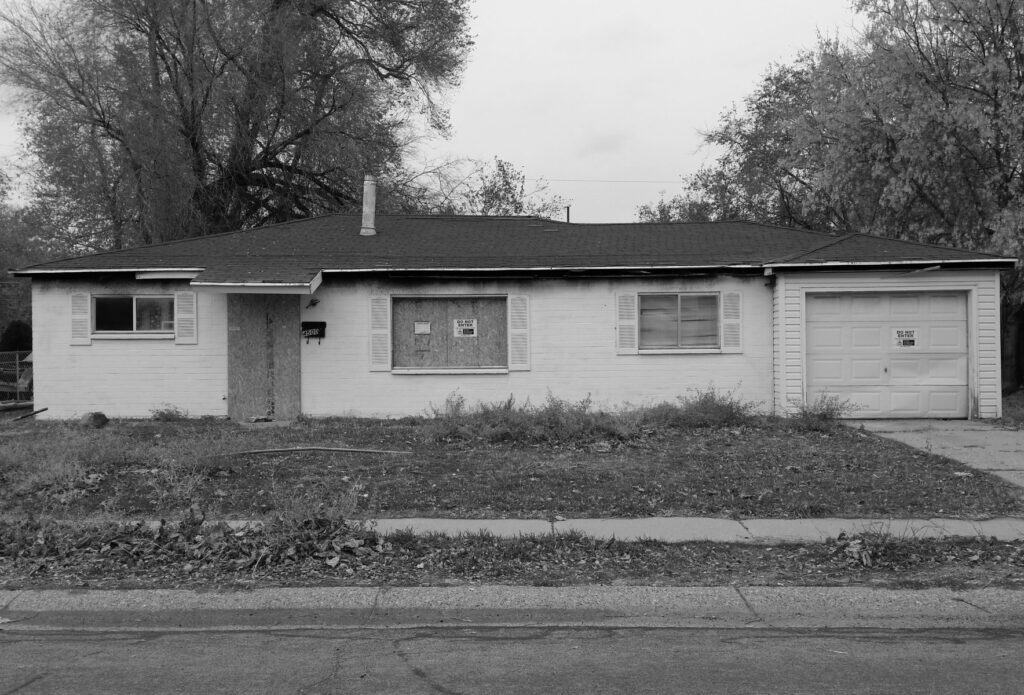The Houston Land Bank’s mission stands out. While land banks traditionally prioritize affordability, HLB has leveraged its nonprofit status to access grants and streamline projects, enabling it to retain control over vacant, tax-delinquent properties while avoiding some of the bureaucratic delays common in city agencies. Since 2019, HLB has transitioned to a government-affiliated nonprofit, allowing it to ensure these homes remain below market rate for residents earning up to 120% of the area median income, while also generating tax revenue and uplifting neglected neighborhoods.
Stoneham’s leadership has seen HLB take on ambitious projects, from developing affordable single-family homes to securing a $5 million EPA grant to clean up contaminated land for future developments. Importantly, her approach has balanced accessibility and affordability with profit-making—a rarity in the affordable housing sector—by selling lots for below-market prices yet sustaining a 12% profit margin for builders. This model enables HLB to continually reinvest in the communities it serves, even as it navigates rising property costs and shifting budgets.
Abraham’s article highlights HLB’s growing impact on Houston’s affordable housing stock, which has declined alongside rising property prices in recent years. Through forward-thinking management, Houston Land Bank demonstrates a viable path to not only provide accessible, affordable homes but to do so while delivering real economic returns—a model that many other cities should consider replicating.
